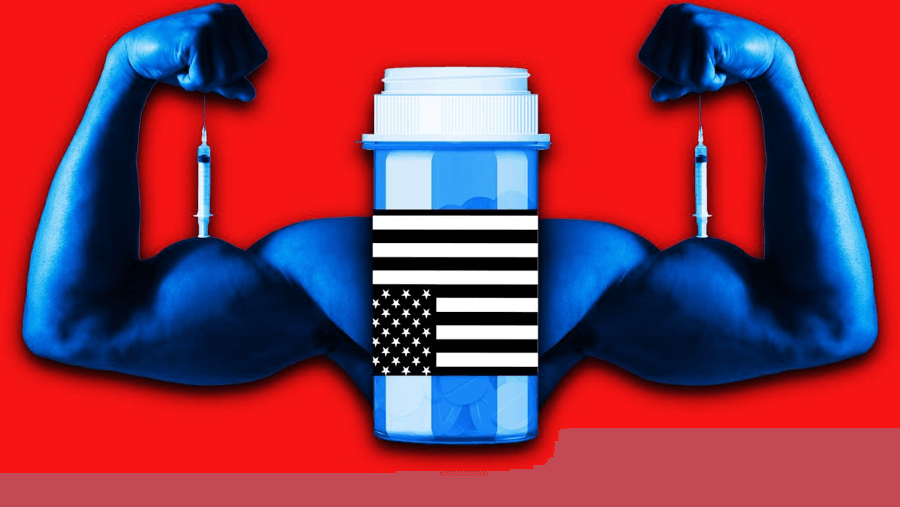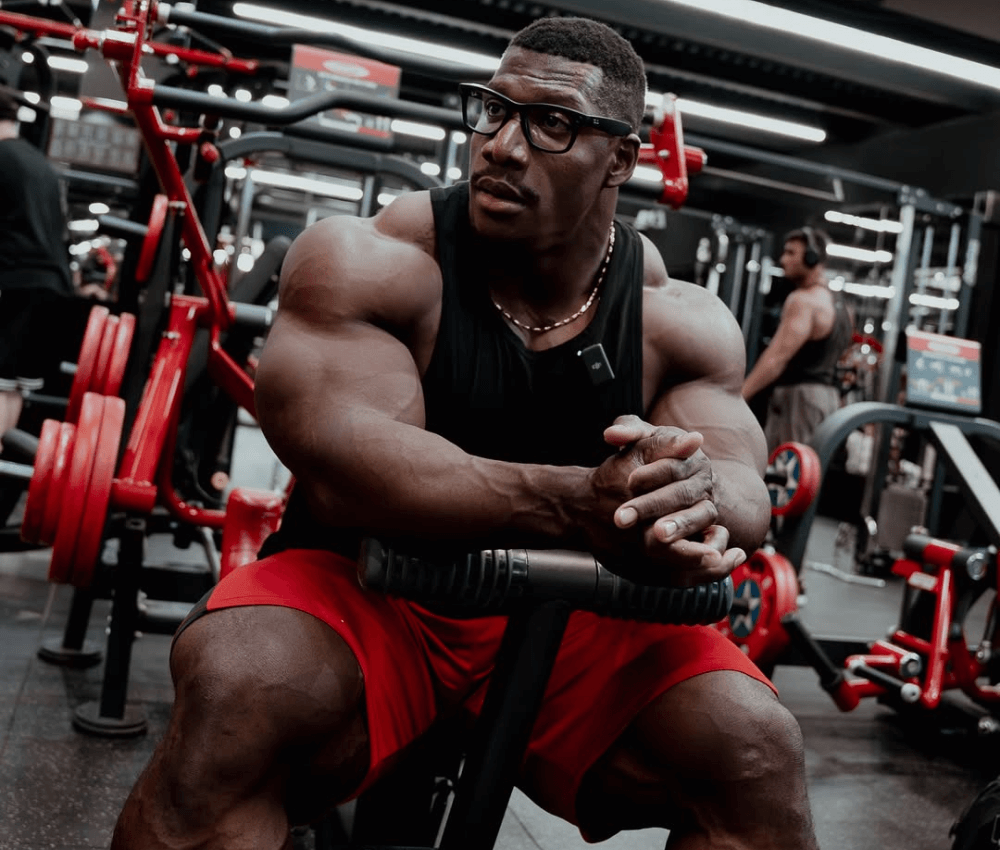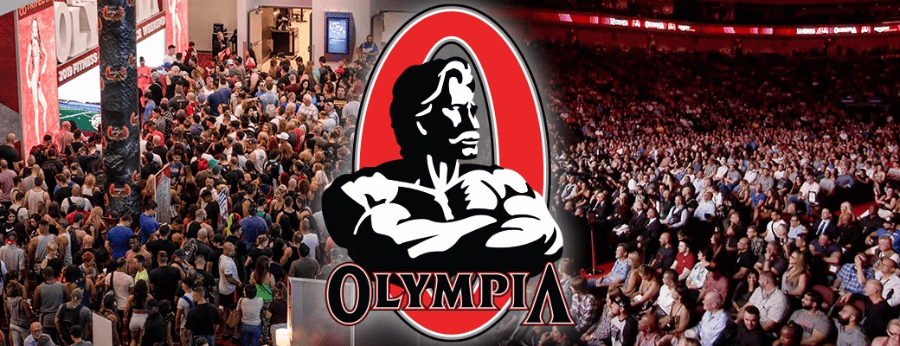Table of Contents
There’s a new icon in gym culture—and it’s not subtle. It’s the so-called “mass monster,” a term used to describe the hulking physiques sculpted through intense training and powerful anabolic steroids, particularly trenbolone. Once reserved for elite bodybuilders and competitive lifters, these performance enhancers or steroids are now going mainstream for men.
Why? Because steroids have left the shadows of underground gyms and entered the fluorescent spotlight of social media. Gym bros casually swap drug tips between sets, while influencers with titanic physiques openly share their cycles, normalizing enhancement as a rite of passage. What used to be whispered is now broadcasted—likes, follows, and gains all go hand in hand.
What Are Steroids and Why Do Men Use Them?
Anabolic steroids are synthetic substances designed to mimic testosterone, the primary male sex hormone. They promote muscle growth and enhance physical performance by increasing protein synthesis in cells, particularly in skeletal muscles. While they do have legitimate medical uses—like treating delayed puberty, certain types of impotence, or muscle loss from diseases—they are more famously associated with sports and bodybuilding.
Many men turn to anabolic steroids in pursuit of rapid muscle gain, improved athletic performance, or a more muscular physique. In an age dominated by fitness influencers and unattainable body standards, the pressure to “bulk up” quickly can drive individuals to use steroids, even without fully understanding the risks.
There’s a clear divide between legal and illegal use. Medically prescribed steroids are closely monitored by healthcare professionals. However, many men acquire them illegally—through underground labs, black market suppliers, or even gyms—without any regulation or oversight. This unmonitored use increases the risk of dangerous side effects and long-term health consequences.
Ultimately, steroids are often seen as a shortcut to strength, speed, and self-confidence—but the cost can be much higher than most anticipate.
The Aesthetic Arms Race
Across TikTok, YouTube, and Instagram, extreme fitness is not only accepted—it’s worshipped. The more shredded, the more revered. Many of today’s most-followed male fitness influencers built their fame on lifting heavy, looking freakishly large, and hinting (or outright admitting) to drug use. In powerlifting and bodybuilding circles, steroids are still technically regulated by the FDA, but enforcement is inconsistent—and the social stigma has all but vanished.
What’s more alarming is how this aesthetic obsession feeds into a darker cultural shift. These hyper-muscular creators often appeal to a growing base of young men who feel alienated, directionless, and desperate for identity. Steroids become more than a shortcut to gains—they become a symbol of control, power, and escape.
Bodybuilding’s Digital Legacy
The digital roots of this trend run deep. Sites like Bodybuilding.com once served as hubs for fitness tips but quickly evolved into chaotic forums where internet culture and toxic masculinity collided. The site birthed slang, leaked celebrity photos, and hosted disturbing content—including a livestreamed suicide and detailed posts from men entangled in criminal cases.
It also helped shape the early “manosphere”—a loose network of online communities that blend fitness, self-improvement, and far-right ideology. As Jamie Cohen, a media studies professor at CUNY Queens College, put it:
“Bodybuilding is the first digital radicalizer of the 21st century.”
From Muscle to Misogyny
Cohen, who once fell down this rabbit hole himself, argues the shift is no longer subtle. “It used to be one guy radicalizing one other guy,” he said. “Now, it’s one man grooming millions.” Influencers like Jordan Peterson use coded language, aesthetics, and aspirational self-help narratives to pull young men into a worldview that blames women, liberalism, and modernity for their struggles.
For many, fitness becomes the first step down a path that leads not just to self-discipline—but to resentment and rage.
The Gym as a New Father Figure
The modern gym offers more than a workout. It provides routine, validation, and a visual roadmap for progress—all things missing from many young men’s lives. Cohen calls it a form of self-care, even “gender-affirming care” for some.
But he warns that this hyper-focused environment can quickly become an echo chamber, reinforcing traditionalist ideals under the guise of wellness. “Fix your body, fix your life” becomes “reject weakness, reject softness.” And eventually, reject anyone who doesn’t fit the mold.
Not All for the Girls
Despite the stereotypes, today’s gym culture isn’t always about attracting women. In fact, many men admit their motivation has nothing to do with sex appeal. Ayad Ahmad, 19, has been lifting for three years. He eats clean, trains hard, and has considered steroids—but ultimately worries about the long-term risks.
“The side effects are serious,” he said, listing acne, aggression, liver damage, and even stroke risk.
Plus, he added, “A lot of guys I know don’t lift at all and still get more girls. That’s not really why I’m doing it anymore.”
Stephen Lee, 26, echoes the sentiment. “Men go to the gym for other men,” he said. In hyper-masculine spaces, validation doesn’t come from women—it comes from peers who know what a well-defined lat or vein-popping bicep means. Recognition becomes the reward, not attraction.
The Normalization of Enhancement
Even among those who don’t take steroids, their use is rarely condemned. “It’s impolite to judge someone for juicing,” Lee said. “They’re still training hard, eating clean, putting in the work. It’s not like they’re cheating.”
And that’s part of the problem. Steroid use is no longer taboo—it’s a choice, like creatine or protein shakes. And with the rise of “hardcore fitness” influencers, the pressure to compete on an unnatural playing field is only intensifying.
In 2023, the National Institutes of Health warned dermatologists to watch for steroid-induced acne as a red flag. It’s a symptom of a much larger trend: a surge in performance-enhancing drug use among teens and young adults, driven by social media pressure and algorithmic perfection.
Warning Signs: Is Someone You Know at Risk?
Steroid use can often go unnoticed—at least at first. But there are several warning signs that may suggest someone is using anabolic steroids, especially when the changes are sudden or extreme.
One of the earliest red flags is a dramatic shift in behavior. Someone who was once calm and easygoing may start showing signs of aggression, irritability, or unpredictable mood swings. This so-called “roid rage” can strain relationships and make everyday interactions feel tense or uncomfortable.
Physical changes can also be telling. Rapid muscle growth, especially beyond what’s achievable through normal training, is a major indicator. Other signs include severe acne, especially on the back and shoulders, and balding in men who previously had no hair loss issues.
There may also be an increasing obsession with body image or the gym. While commitment to fitness is healthy, an unhealthy fixation on perfection, combined with excessive workouts, can suggest deeper issues tied to steroid use.
Finally, secrecy is a big clue. If someone becomes evasive about their supplements, won’t disclose what they’re taking, or hides their usage from friends and family, it could point to something more serious.
Recognizing these signs early is crucial. It opens the door for conversation, support, and—when needed—professional help to prevent the long-term physical and emotional consequences of steroid abuse.
The New Radical Pipeline
Perhaps the most chilling development is how these fitness subcultures double as recruitment funnels for extremist ideologies. What begins as self-improvement often mutates into disillusionment. Men who feel unseen or emasculated by society find validation not just in their muscles—but in the messages that come with them.
Cohen puts it bluntly:
“We’re a little deeper into this than people realize. You should ask your son why he’s working out so much.”
Because sometimes, behind the gains, there’s a loss of identity—and a dangerous ideology ready to fill the void.







